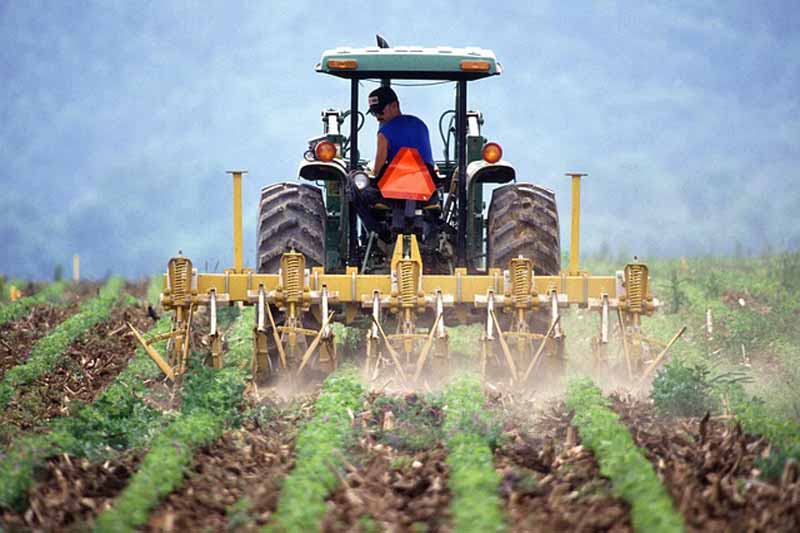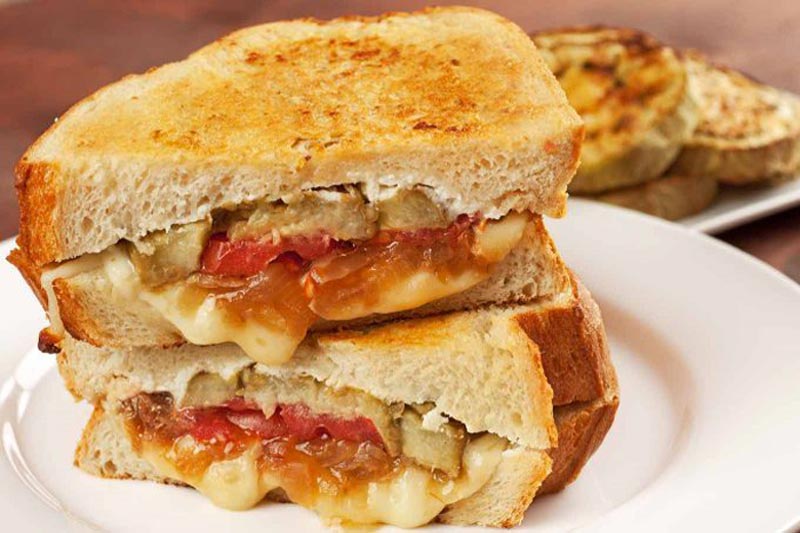I wanted to address two things in this post: what we actually do in the winter, and secondly I just wanted to write about bok choy.
The number one question we’ve been getting asked recently is, “What do you guys do in the winter?” Admittedly, last year we didn’t have as much to do in the winter and a lot of it was spent simply planning how to improve this year. Now that we’ve got a small plot of our own though, things have changed. It’s also worth pointing out that Alabama doesn’t have a terribly long winter which means there’s less time available than people may think; for example we’ve already started planting Spring 2015 seedlings despite the fact that it’s only early January! We should be able to have that stuff in the ground by early March and from there we’re hoping to get a quick harvest before moving onto the summer stuff which we will begin seeding in a few weeks. So while most people think of winter as ranging 3-4 months, our slow time is really only 1-2.
We’ve also been doing a lot of catching up from the summer. There’s been a lot we’ve been meaning to do which we’ve finally got around to. We cleaned and repainted both the downstairs and upstairs of the building we’re using, we’ve moved the grow lights to our own buildings and constructed several tables to hold seedlings, we’ve almost finished tilling the rest of the plot (we’ve now got 90%+ in bed form), we cleaned up the greenhouse and added more usable tables, built several flower beds along the farm perimeter, fertilized most beds, etc. Also, QuickBooks takes a lot longer than you might think when you’re not particularly savvy with computers. All in all we’ve had much more work to do this year than last year which is definitely a good thing. We’re prepping for the upcoming year and I’m optimistic about our aim to double production. Last year we were able to greatly increase production at Stewart Perry (our main client) from year 1-year 2 which I think mostly had to do with just getting to know the growing space a little better. We certainly know our land a little better this time around and I’m confident we’ll get more out of it this year.
Continue Reading



